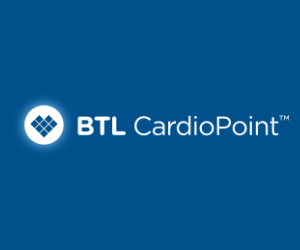Autologous transplantation of hematopoietic stem cells in multiple myeloma
Multiple myeloma (MM) is malignant haematological disease which develops as a consequence of neoplastic transformation and clonal proliferation of differentiated B lymphocytes. It accounts for about 10% of all haematological malignancies, and the median age at diagnosis is 69 years. Choice of therapy for newly diagnosed MM depends on patients’ stage and general condition. For more than 30 years autologous stem cell transplantation (ASCT) has remained the standard of care for young patients with newly diagnosed MM, whose role has not been replaced even by the arrival of new drugs such as immunomodulators, proteasome inhibitors and monoclonal antibodies. In an effort to achieve the most successful treatment of patients, questions arise: who are the patients most suitable for treatment with ASCT, when is the most favorable moment to perform it, what is the optimal induction therapy and what is the role of tandem transplantation in the era of novel drugs.
Key words:
autologous haematopoietic stem cell transplantation; immunomodulators; multiple myeloma; monoclonal antibodies; proteasome inhibitors





